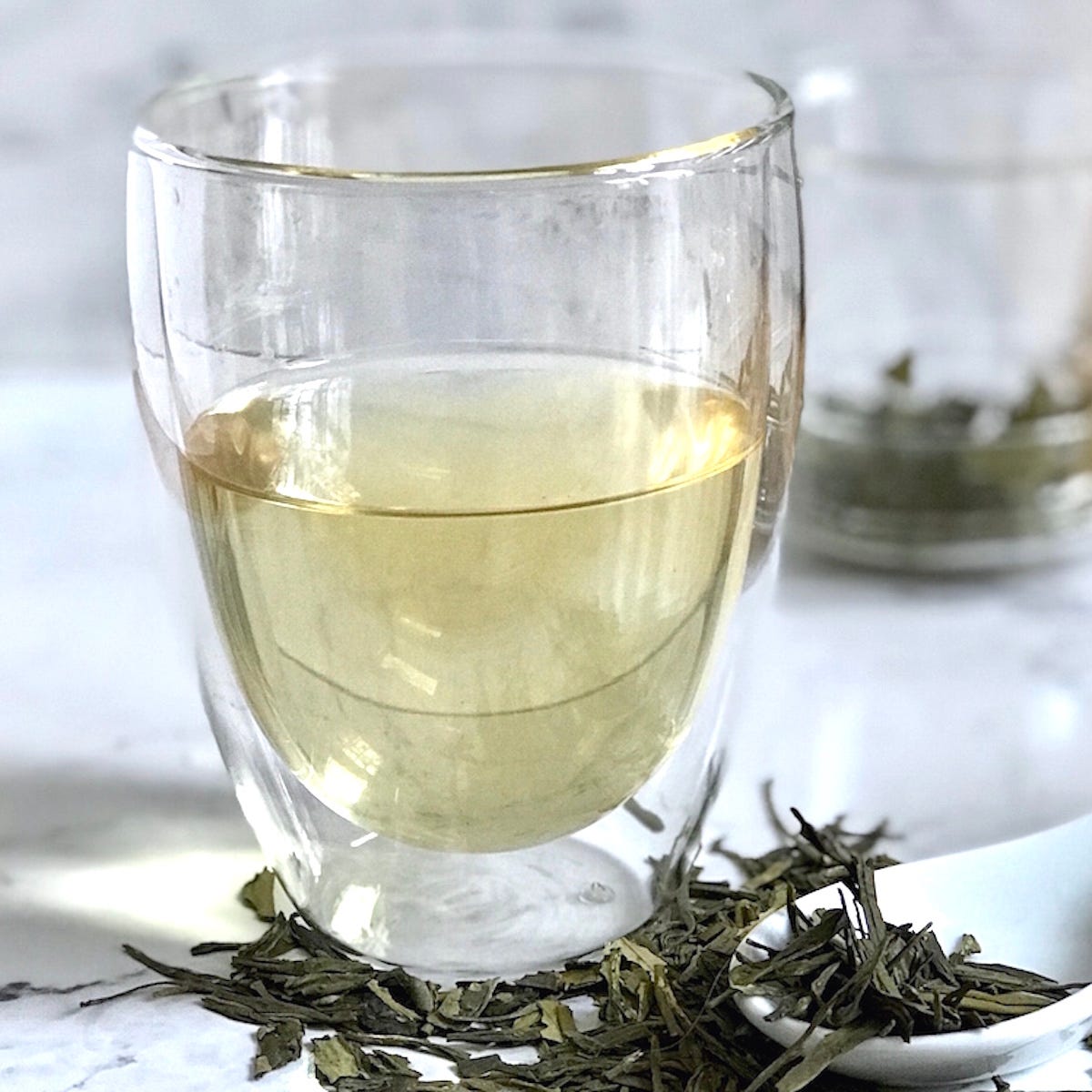Green tea is not the darling of America’s tea culture. Most Western tea drinkers prefer black tea, a shift rooted in the history of the Boston Tea Party and the American Revolution. Before the Revolution, colonists favored green tea, but the rebellion transformed their tea habits, switchi…
© 2025 Mary Ann Rollano
Substack is the home for great culture




